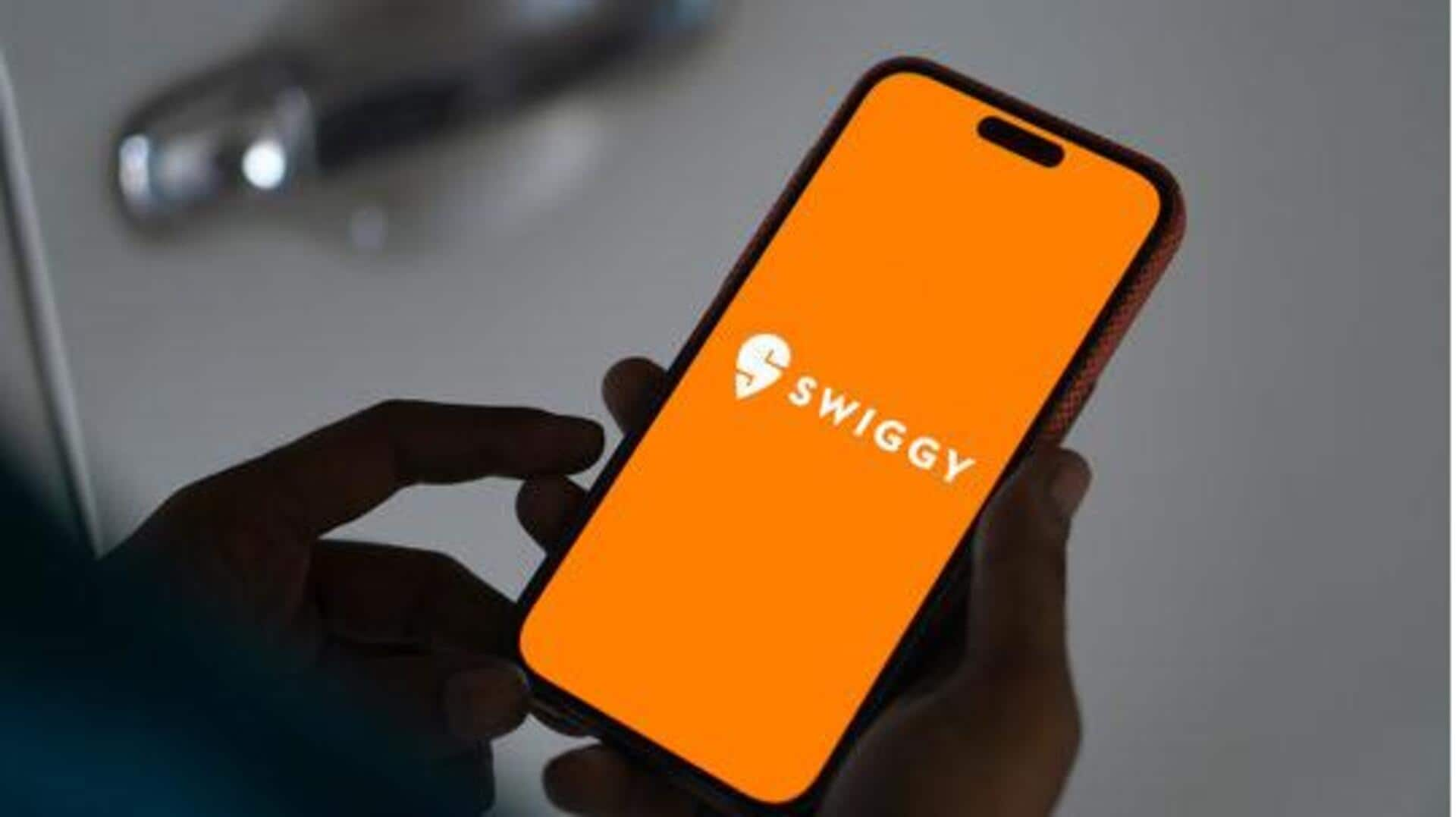
Swiggy on Android: How to navigate customer support
What's the story
If you know where to look, navigating through the "Customer Support" section on Swiggy's Android app can be a piece of cake. The section has been created to help users deal with issues pertaining to orders, payments, etc. Knowing how to access and use these features can really improve your experience with the app. Here are some tips on using Swiggy's customer support on Android.
Access point
Accessing customer support easily
To reach customer support, open the Swiggy app and tap on your profile icon at the top right corner of the screen. From there, tap on "Help" or "Support." This will take you to a list of common issues and their solutions. If your issue isn't there, you can tap on "Contact Us" for further assistance.
Common issues
Exploring Common Issues section
The "Common Issues" section offers quick solutions for common problems like order delays or payment failures. By tapping on an issue from this list, you can see detailed steps to fix it without having to directly contact support staff. This way, you save time by getting immediate answers.
Live chat
Using live chat feature
Swiggy's Android app also comes with a live chat option, which is aimed at providing real-time assistance for issues not listed in the FAQs. Simply head over to the help section and tap on "Chat with Us." Soon, a Swiggy representative would get in touch with you to provide the required support and take you through any complex issues you may be facing, making it all smoother.
Request tracking
Tracking support requests efficiently
Once you've reached out to support, tracking your request would be as simple as accessing "My Tickets" or "Support Requests" within the app. Here, you'll get updates on any ongoing queries, along with their status, so that nothing falls through the cracks during the resolution process.
Feedback option
Providing feedback after resolution
After resolving an issue through customer support channels like chat or email, follow-up options allow users to provide feedback about their experience. Not only does this feedback help improve service quality over time, but it also ensures better user satisfaction overall when dealing with future concerns too.